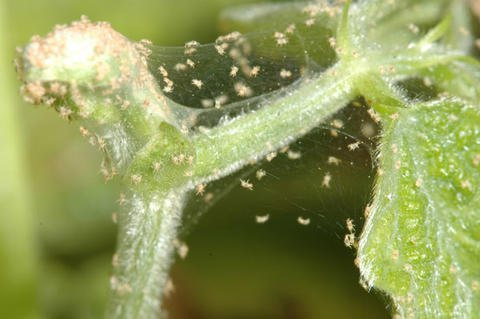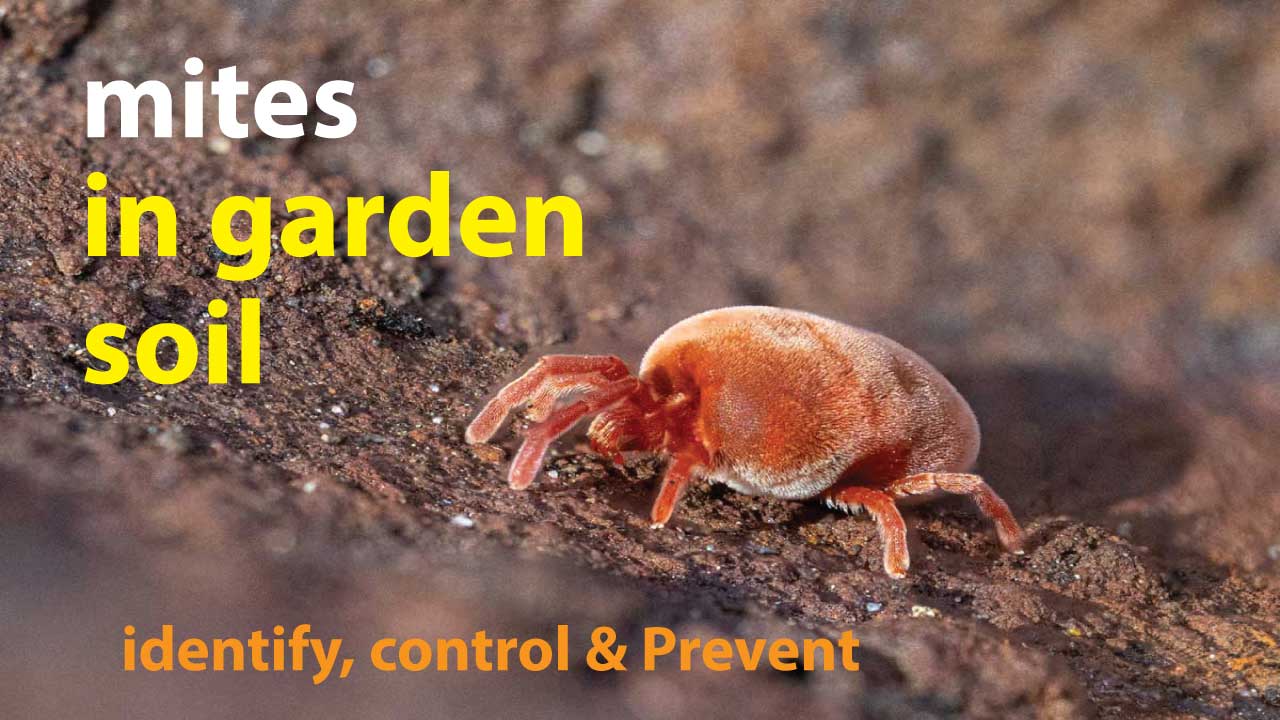Mites are tiny arachnids that can significantly impact your garden’s health if not properly managed. Whether you’re dealing with soil mite, spider, or black mite, understanding their characteristics and knowing how to control them is crucial for maintaining a thriving garden. This article will guide you through the various types of mites, their identification, early signs of infestation, and effective control methods.
Types of Mites in Your Garden
Mites are diverse and can be categorized based on their habitat and the damage they cause. Here are some common types:
- Soil Mites: These are beneficial decomposers that live in the soil, feeding on organic matter, fungi, and sometimes other small insects. Soil mites are generally harmless to plants and are a sign of healthy soil. However, it’s essential to identify them correctly to avoid confusing them with harmful mites.
- Spider Mites: Spiders are one of the most common and destructive garden pests. These tiny arachnids feed on plant sap, causing leaves to yellow, curl, and drop prematurely. Spider can be red, brown, or black and often go unnoticed until the damage is severe.
- Black Mites: Black mite can refer to several species, including spider and clover. These pests can infest both indoor and outdoor plants, causing similar damage to spider mite.
Soil Mites Identification
Identifying soil parasite is essential for understanding their role in your garden. They are usually tiny, about 0.2 to 0.5 millimeters long, and can be white, brown, or reddish. Soil mites are often found in compost piles, leaf litter, and the top layers of garden soil. While they are beneficial, an overabundance might indicate an imbalance in your soil’s ecosystem.
To identify, you may need a magnifying glass or a microscope. Look for small, slow-moving creatures with round bodies. Soil mite pictures can help with identification and distinguishing them from harmful mite.
Early Signs of Spider Mite

Spider mite are challenging to detect early due to their small size, but there are some telltale signs to watch for:
- Tiny Webs: Spider mite spin fine webs on the undersides of leaves or between branches.
- Discolored Leaves: Leaves may show tiny white, yellow, or brown spots, often referred to as stippling.
- Leaf Curling: As the infestation worsens, leaves may curl or become deformed.
- Premature Leaf Drop: Infested leaves may dry out and fall off the plant.
Regular inspection of your plants, especially the undersides of leaves, can help catch spider mites before they cause significant damage.
How to Get Rid of Spider Mites
Controlling spider mite requires a combination of cultural practices, biological control, and, if necessary, chemical treatments:
- Cultural Practices:
- Watering: Regularly wash the leaves of infested plants with a strong stream of water to dislodge spider and reduce their numbers.
- Humidity: Spider thrive in dry conditions, so increasing humidity around your plants can help deter them.
- Biological Control:
- Predatory: Introduce natural predators like Phytoseiulus persimilis, a type of mite that feeds on spider mite.
- Insecticidal Soap: Use insecticidal soaps that are safe for beneficial insects but effective against spider.
- Chemical Control:
- Miticides: As a last resort, use miticides specifically designed to target spider mite. Be sure to follow label instructions to avoid harming beneficial insects and other garden fauna.
Mite Control in Gardens
Managing mites in your garden requires a proactive approach:
- Regular Monitoring: Regularly inspect your plants for signs of mites, focusing on the undersides of leaves and new growth.
- Proper Watering: Maintain consistent soil moisture, as drought-stressed plants are more susceptible to mite infestations.
- Mulching: Apply organic mulch to your garden beds to maintain soil moisture and reduce stress on plants.
- Quarantine: Isolate new plants or infested plants to prevent the spread of mites to healthy plants.
Conclusion
Mites, whether beneficial soil mite or destructive spider, play a significant role in your garden’s ecosystem. Proper identification and early detection are key to effective mite control. By implementing cultural, biological, and, if necessary, chemical methods, you can protect your plants and maintain a healthy, thriving garden.
For visual identification, you can refer to soil mite pictures and consult resources for soil mites identification to ensure you’re dealing with beneficial mites and not harmful pests. By staying vigilant and applying the correct control measures, you can keep your garden free from the detrimental effects of mites.
